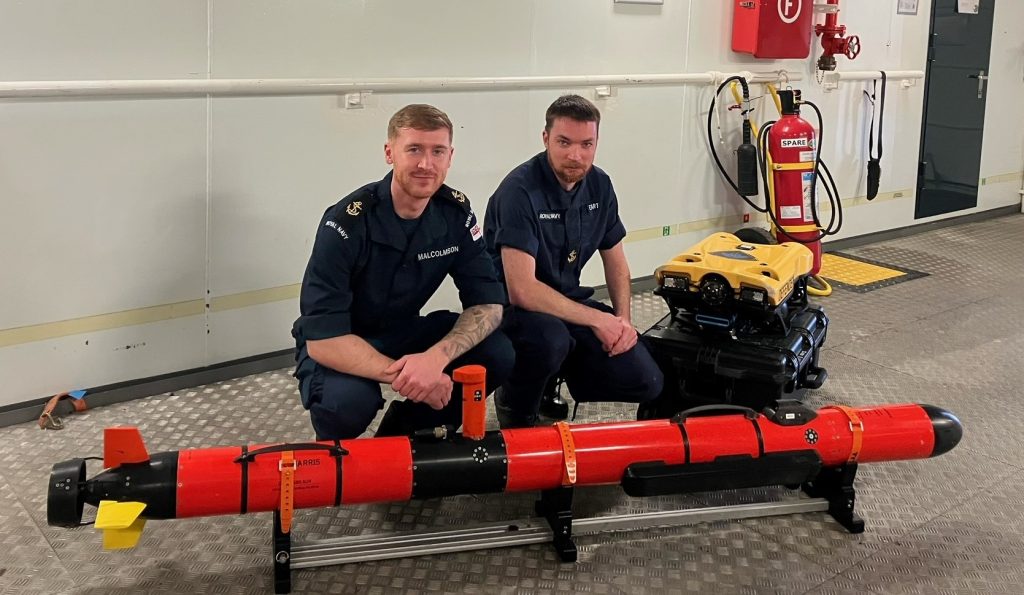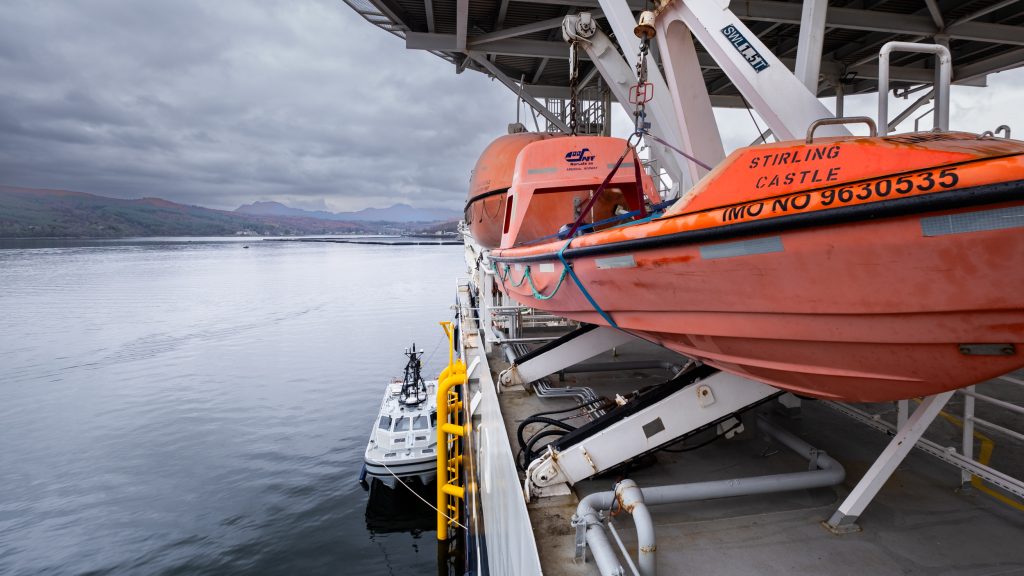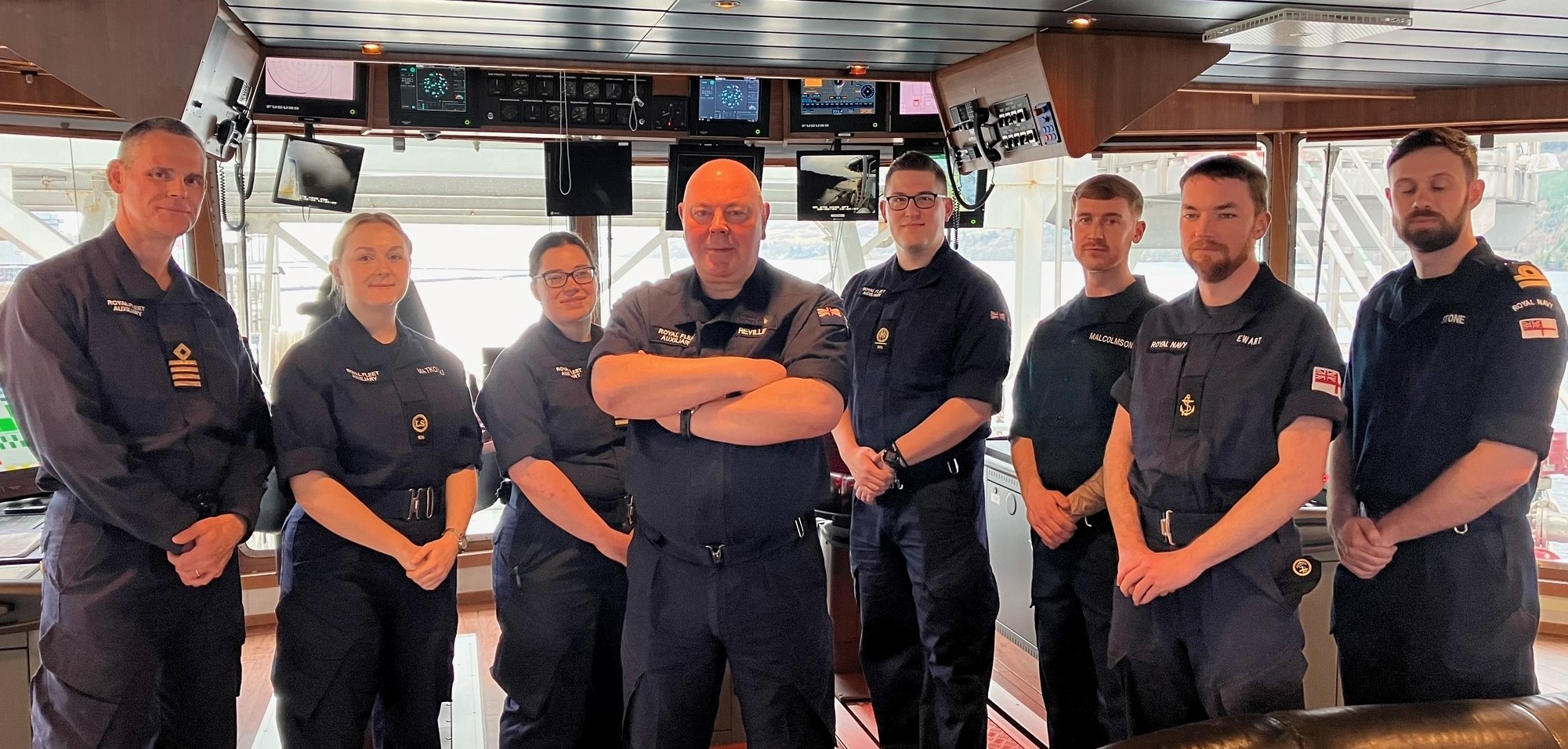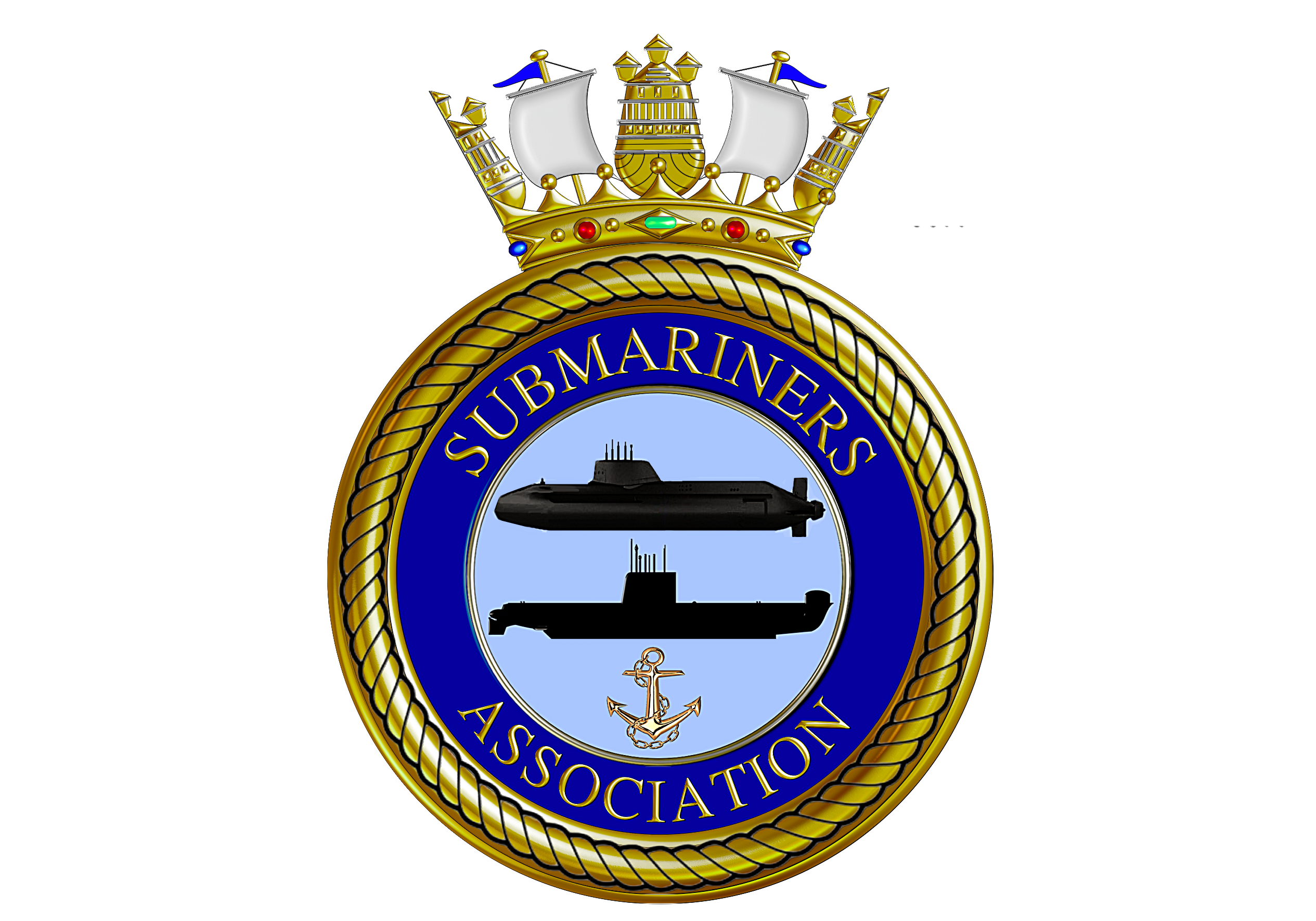THE latest Royal Fleet Auxiliary ship, RFA Stirling Castle, arrived on the River Clyde on January 28th to take her place at the forefront of supporting the next generation of the Royal Navy’s mine countermeasures capability.
The 6,000-tonne vessel began life as MV Island Crown, before undergoing conversion at HM Naval Base Devonport last year. These adaptations will allow her to operate as a “mother ship” for the Royal Navy’s new autonomous mine countermeasures systems.
RFA Stirling Castle and her crew are working closely with Zulu Squadron of the Mine and Threat Exploitation Group (MTXG) – the Royal Navy’s mine countermeasures experts based at HM Naval Base Clyde. As the ‘Mother ship’, Stirling Castle has the capability to lift and transport the Royal Navy’s latest autonomous and remotely operated vessels to wherever they are required to keep the UK’s shipping lanes safe.
The Commanding Officer of the Ship, CO Richard Reville, is delighted to bring the RFA’s latest ship to the Clyde allowing him and his crew members the opportunity to develop links with the local and wider Scottish community.
“I am very proud to be in command of this wonderful ship with the capability that it is bringing in support of the UK’s Mine Hunting programme which is at the cutting edge of autonomous systems technology. We look forward to continuing our integration with MTXG to bring this exciting new capability into service,” said Richard.
“Due to Stirling Castle starting life as a modern commercial ship, the crew enjoy a high standard of accommodation. This, and the new crewing model, which means only 27 of the 54 RFA personnel are deployed at any time allows for a much better work and home life balance – something me, and my crew are all very grateful for.”
The threat from naval mines is rapidly evolving and this calls for the technology to keep pace. MTXG are trailblazing this advance in technology, employing a full suite of Autonomous Surface Vessels (ASVs) and Uncrewed Underwater Vehicles (UUVs).
This capability can be operated remotely by MTXG, using a portable command centre on land or onboard RFA Stirling Castle, but can also work autonomously.
MTXG will be capable of a more extensive search of the sea and will also remove the threat to Royal Navy personnel by keeping them well away from the minefield.
Commander Dan Herridge, Commander Officer of the Mine & Threat Exploitation Group said: “The recent arrival of RFA Stirling Castle is a key enabler in our ability to deliver sustained survey and Mine Countermeasures activity on the Clyde. Mine & Threat Exploitation Group’s Zulu Squadron will now begin an integration package to operate surface and subsurface systems on a sustained footing at reach, enabled by RFA Stirling Castle and her Crew”.
Stirling Castle will replace traditional mine countermeasures vessels, exploiting a series of uncrewed devices which include, not only MTXG, but also the joint French-UK Maritime Mine Counter Measures (MMCM) system, the Combined Influence Sweep (SWEEP) system, and Medium Underwater Autonomous Vehicles (MAUVs).
Over the past 12 months, MTXG has been delivering operations and trials to develop autonomous systems to support the future of mine hunting. They have worked with a range of equipment to get a clear picture of the seabed within the Clyde.
The team are now looking forward to working with RFA Stirling Castle and her crew on more trials designed to understand how the technology can be used to enhance operations.
RFA Stirling Castle and her crew will travel south soon to complete some final training in Devonport before returning to Scotland, where they will spend most of the year working with Zulu Squadron. Together, the teams will continue trials with the aim of moving towards autonomy, taking the sailor out of the minefield, and making the future Royal Navy mine hunting capability much safer.
The Royal Fleet Auxiliary are civilian sailors operating globally to support vital logistics and operations.
The RFA provides support on everything from high-tempo combat and counter-piracy campaigns to disaster relief and emergency evacuations.
With a deep understanding of military operations and protocol, they are a world-leading civilian force and essential to our global success.
RFA personnel are grouped into three core branches:
- Technical – world-class electrical and mechanical engineers.
- Deck – Exceptional sailors who get us where we’re needed.
- Logistics – talented logisticians who source vital supplies.
